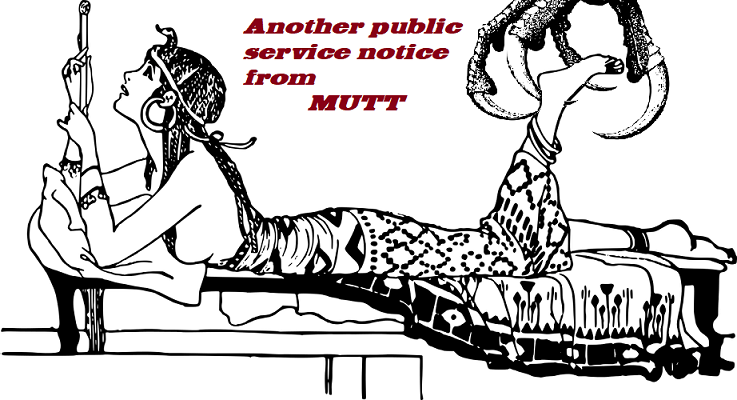Bankruptcy – What Are the Four Chapters of Bankruptcy?
Bankruptcy proceedings involve multiple processes and decisions. You must determine your eligibility for bankruptcy status. You must figure out which bankruptcy category best matches your current financial situation. You must analyze your future ability to fulfill any obligations that are associated with a bankruptcy decision.
For example: A Chapter 13 bankruptcy process can last from 36 to 60 months, and involves a series of debt reorganization processes. On the other hand, Chapter 7 provides a much quicker method for discharging existing debts, and often requires but one meeting with the bankruptcy trustee. Chapter 13 enables the debtor to retain various personal assets. Chapter 7 forces the debtor to sell various personal assets.
Purchase This Ariticle
575 words $20.12
[wp_cart:Bankruptcy – What Are the Four Chapters of Bankruptcy?:price:20.12:end]
People file bankruptcy proceedings for three reasons:
1. To cancel existing debts
2. To enable a fresh start in their financial position
3. To ease the burden of a financial situation that has grown beyond their personal control.
Being granted bankruptcy releases the debtor from the responsibility for paying some unsecured debts. It does not release the debtor from any debts that are run up after the bankruptcy.
Four Chapters of Bankruptcy
Before taking any steps toward filing for bankruptcy, you should identify your current bankruptcy options. The following list defines four chapters of bankruptcy. Categorize by order of importance the chapters that best align with your situation, needs, and ability to repay your debts.
· Chapter 7: This type of bankruptcy procedure involves the liquidation of assets that are defined as nonexempt by federal and state regulations. In general, Chapter 7 cannot relieve the debtor of alimony payments, child support, criminal fines, fraud related debts, taxes, or vehicle related driving judgments. Chapter 7 is the most commonly used bankruptcy process.
· Chapter 13: This bankruptcy procedure involves a practical approach to repayment of an otherwise overwhelming debt situation. The person filing for bankruptcy must have a regular income. The accumulated value of unsecured debts and the accumulated value of secured debts must also be less than a given value – check your state for exact values. In a Chapter 13 filing, the debtor retains all property, but must make payment to creditors via a Chapter 13 trustee. Chapter 13 enables the debtor to discharge debts that Chapter 7 disallows. It also enables the debtor to prevent foreclosures and repossessions of and against personal assets.
· Chapter 12: This bankruptcy process is designed to simplify the reorganization of debts by family farmers. Modeled after the Chapter 13 regulations, Chapter 12 allows bankruptcy benefits for workers who lack a regular income yet still possess a means of producing a future income.
· Chapter 11: This bankruptcy process is shaped to the meet the situations that occasionally force businesses or corporations to reorganization their assets. Chapter 11 also provides a bankruptcy route to individuals with an accumulated debt value that exceeds the limits established under Chapter 13 procedures.
Eligibility
The Bankruptcy Abuse Prevention and Consumer Protection Act of 2005 (http://www.justice.gov/ust/eo/bapcpa/index.htm) defines the factors that determine your freedom to file for bankruptcy. In brief, the Act provides the U.S. Trustee Program with additional responsibility concerning a debtor’s eligibility, supervision, audit controls, counseling, financial education, and business reorganization processes.
If you or someone you know is in need of bankruptcy counseling, contact a reputable bankruptcy lawyer firm. This is the primary starting point. All bankruptcy proceedings must be presented via an attorney.













